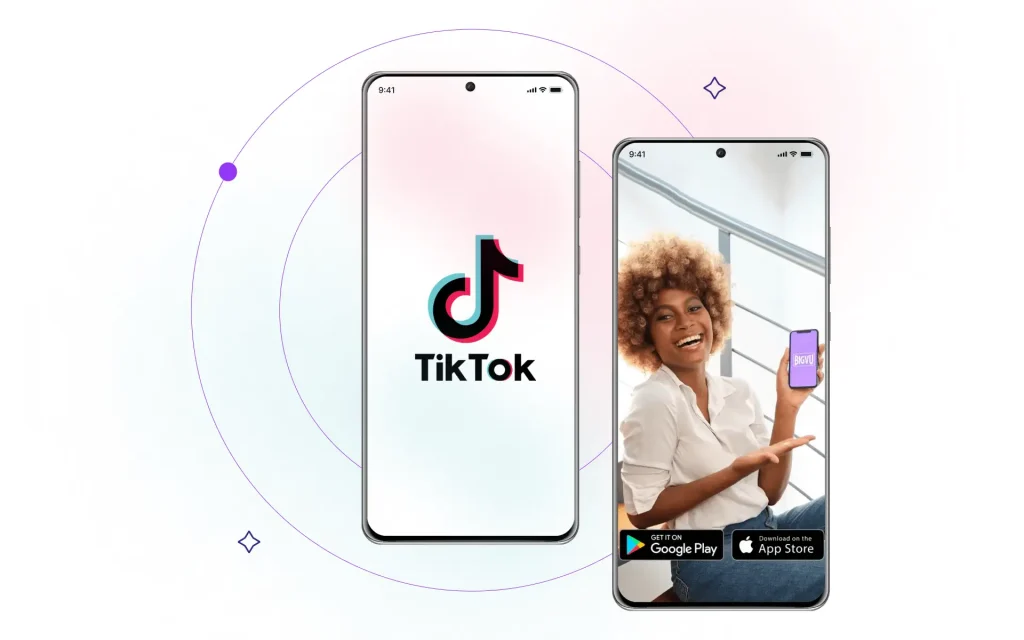Exploring Different Channels to Promote Your Business and How to Do it Effectively

In a modern, technologically advanced, hyperconnected world in which customers constantly get bombarded with advertisements, it is becoming increasingly challenging to differentiate yourself and successfully promote your company’s existence. Entrepreneurs are able to reach those they want to reach via many kinds of channels due to the advances of digital media. This includes an extensive selection of innovative online platforms as well as traditional methods that can be used for marketing. We’ll review a variety of alternatives for marketing a company and share effective strategies in this detailed explanation.
Traditional Marketing Channels
1. Print Advertising:
For small businesses that intend to market in a specific geographic area, print advertising continues to be relevant regardless of the increasing popularity of electronic media. Local communities can be easily contacted through magazines, newspapers, brochures and leaflets. Visually appealing and persuasively written ads can attract more attention and allow you to get your message across.
2. Television and Radio Commercials:
Advertisements on television and radio continue to be an effective way to reach large numbers of people. Despite their high cost, they have far-reaching vision benefits. Create ads that people will never forget by using eye-catching images, compelling narratives and memorable jingles.
3. Direct Mail Marketing:
Postcards, catalogs and letters are all examples of promotional items that can be sent to customer mailboxes through direct mail marketing. Businesses can reach specific demographics or households with this focused approach. To get them to take action, personalize your mailer and include a discount or offer that’s hard to refuse.
4. Outdoor Advertising:
Posters, banners, billboards and signs in high-traffic locations are great ways to get people to see your brand and visit your store. Passengers and pedestrians are prime targets for outdoor advertising. Create eye-catching graphics and write clear, concise copy that anyone can read.
Digital Marketing Channels
1. Search Engine Optimization (SEO):
SEO is a critical component of digital marketing that can considerably influence an enterprise’s online reputation. Enterprises may increase natural source traffic as well as exposure by improving the content of their websites, frameworks, and functionality for SERPs. It includes the study of keywords in order to comprehend what users want, on-page effectiveness for better content and meta descriptions, developing links to develop authority and trustworthiness, and technological advances and optimizations to improve the website’s efficiency and accessibility. Effective SEO strategies improve traffic to websites while establishing a reputation with search engines and users.
2. Social Media Marketing:
Social media platforms have revolutionized business-to-consumer engagement. Businesses could interact with their intended groupings, grow brand recognition, and make significant connections on Facebook, Instagram, Twitter, LinkedIn, and TikTok. Having a social media approach that fits the company’s goals is vital. Appealing photographs, humorous clips, and inspiring posts serve as ways to grab the attention of the audience. Entertaining followers, publishing specific advertisements, and taking advantage of influencer cooperation may increase reputation and trustworthiness.
3. Email Marketing:
Email marketing maintains significant to digital marketing regardless the development of new platforms. Companies can manage connections and change them by creating an opt-in email list. Email list categorization by interests, preferences, or past purchasing helps companies offering particular messages and services that relate with recipients. Effective marketing emails requires attracting headlines, attractive designs, and clearly stated calls-to-action. Email marketing automation and analytics enable companies elevate involvement and ROI.
4. Content Marketing:
Content prevails globally, and content marketing refers to creating and sharing beneficial, useful, and reliable information that will draw and continually engage a target audience. Content—blog posts, articles, videos, infographics, and podcasts—delivers the brand’s message, educates consumers, and establishes industry authority. A systematic content strategy requires analyzing the target audience’s desires and requirements while creating essentials that solve their problems. Sharing information on the business’s website, social media, email newsletters, and industry journals improves exposure and participation, increasing visitors and transactions.
5. Influencer Marketing:
Modern digital marketing relies on influencer marketing to truly link businesses with their target audience through trustworthy social media celebrities. Businesses can enhance brand visibility and credibility by working with influencers whose values and audience demographics match their brand. Through sponsored content, product reviews, or brand endorsements, influencer collaborations allow brands to connect with specific audiences and increase engagement and conversions. Influencer-generated content is powerful for organizations looking to build an online presence and achieve results in today’s competitive market due to its authenticity and relatability.

Various Alternative Channels
1. Word-of-Mouth Marketing:
Implementing satisfied customers’ recommendations may be a highly effective type of promotion. Positive feedback, comments, and suggestions from current consumers are able to establish reliability and trust with future clients.
2. Referral Programs and Affiliate Marketing:
Encourage clients, collaborators, or affiliates to support your brand by offering incentives coupons, or commission for profitable referrals or purchases.
3. Street Marketing and Guerrilla Tactics:
Strategies that are different and stand out, like street marketing, guerilla advertising, or grassroots efforts in high-traffic areas, can create interest, excitement, and word-of-mouth advertising. Creative stunts, pop-up shows, and flash mobs are all capable of creating situations that consumers are going to recall and interact with while spreading the word about your brand.
4. Public Relations (PR) and Media Outreach:
Getting in contact with reporters, publications, and media companies may help a business get publicity, interviews, and journalistic attributes that make the brand more well-known and trustworthy. You can get more media attention and interest for your business by sending out press releases, media pitches, and thought leadership pieces.
Effective Promotion Strategies
Regardless of the channels you choose to promote your business, several strategies can enhance your effectiveness:
1. Know Your Audience:
If you wish for consumers to instantly recognize and loyalty to your brand, you have to be consistent in the way you present yourself and the communication. Keeping the brand’s images, voice, and core beliefs in keeping with and in line with the business’s goals across all platforms, and making sure the content remains consistent as well. If your brand’s identity remains constant throughout all of your advertising channels—online and offline—consistency is vital for developing a loyal customer base and drawing new customers.
2. Set Clear Objectives:
Your efforts to market are going to receive more attention and guidance if you set specific goals. Apply the SMART guidelines for establishing goals that are clear, attainable, and measured. Focus on goals depending on their significance in relation to the general goals of your company, giving special attention to goals that are closely related to your organization’s mission and vision. Divide your major objectives into steps that are simpler to accomplish. This will help you remain apprised of your progress and make improvements as needed. Ensure that the promotion’s aims are in line with your overall marketing approach and the company’s goals. Each will help your business move forward.
3. Consistency is Key:
Branding and messages that are always the same are important for building trust and recognition with your target market. Ensure that your branding, visuals, manner of voice, and core values are all in line with your business goals and that your message and identity stay the same throughout every form of media. Keep the identity of your company stable by remaining consistent across all of your online and offline marketing components, including your website, social media profiles, emails, and other written interactions.
4. Monitor and Analyze Performance:
It’s crucial to keep an eye on and study the results of your marketing efforts frequently so that you can see what’s effective and what might be improved. To keep an eye on key metrics like reach, engagement, conversion rates, and return on investment (ROI), implement data collection and tracking platforms. Pay attention to the results to learn more about how the target market acts, how well the marketing plan has performed, and where more opportunities exist. To make the most of the marketing you are doing, use statistical data to enhance your marketing strategies, target accurately, change how you communicate, and improve the distribution of your budget.
5. Stay Agile and Adapt:
Companies must be flexible and responsive in their advertising efforts, as the world of marketing is competitive and always changing. Keeping yourself updated on the latest developments in the industry you work in, what trends are coming up, as well as how consumers are changing their behavior, Industry interactions, technology developments, and competition challenges are always changing, so be ready to revise your plans and tactics effectively. When you want to innovate and expand, you must attempt fresh ideas and be prepared to take some chances. In a marketing landscape where everything continues to evolve, the key to lasting achievement is to remain flexible and adjustable.

Conclusion:
Effective promotion is crucial for the success of any business, and the plethora of channels that are presently accessible affords innumerable chances to connect with and captivate the intended demographic. By utilizing an amalgamation of conventional and digital marketing channels, organizations can optimize their outreach, elevate the prominence of their brand, and stimulate significant engagements with their target demographic. In the contemporary competitive marketplace, businesses can successfully accomplish their marketing objectives and promote their products or services through strategic forethought, innovative implementation, and continuous refinement.







